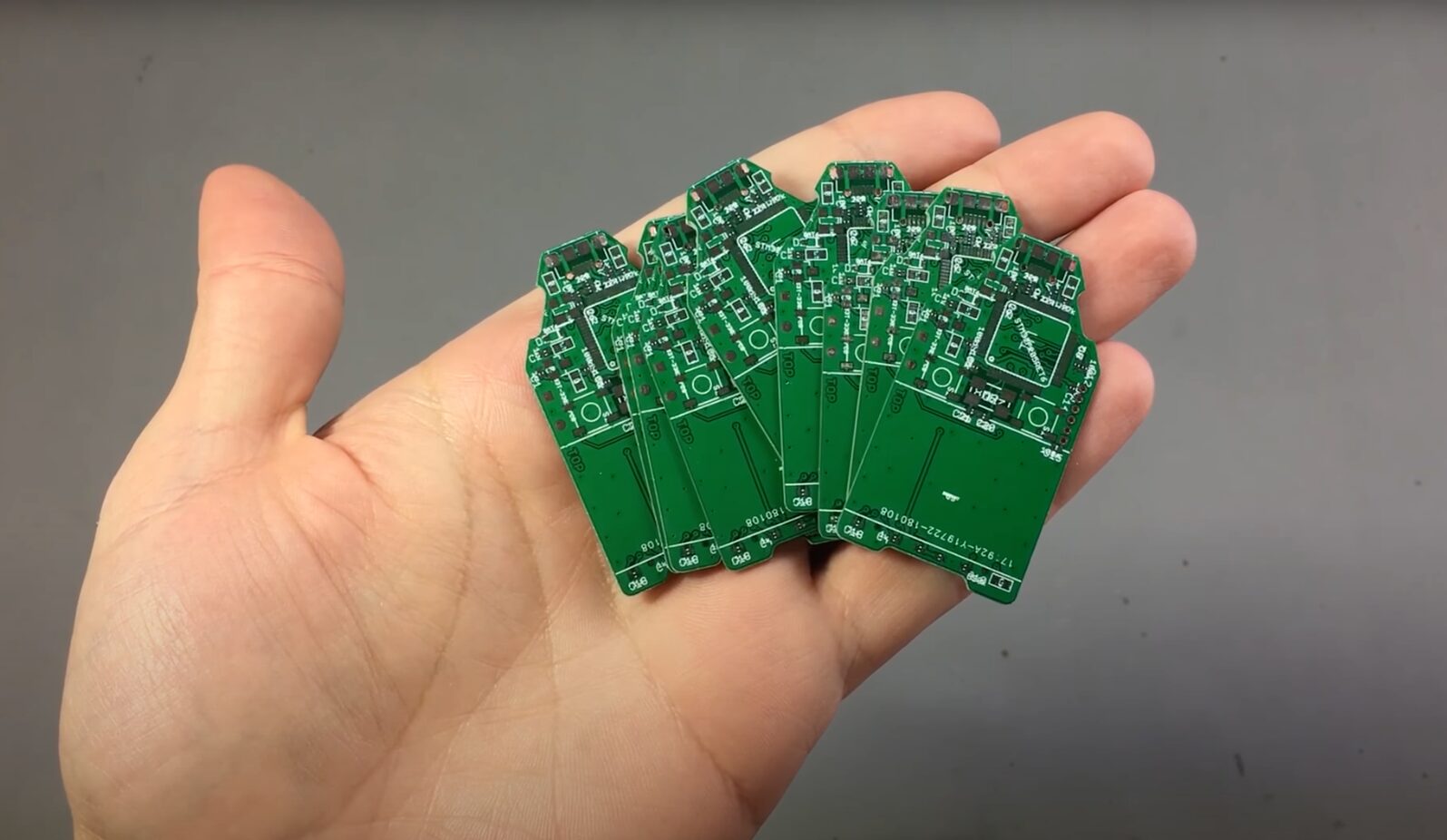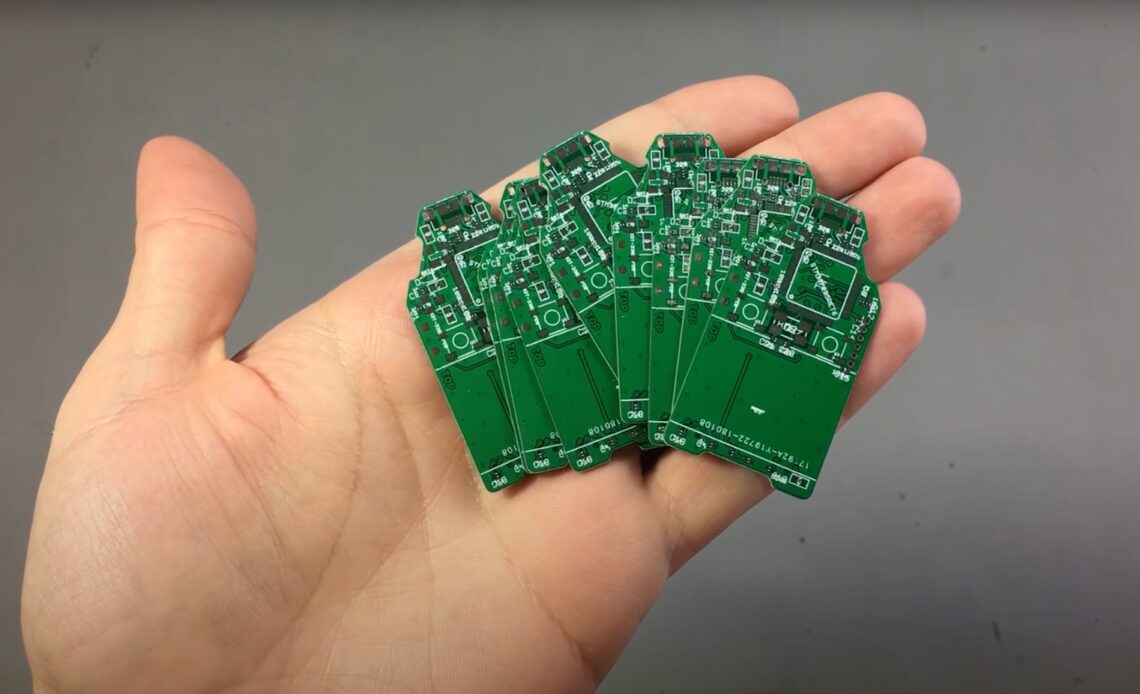The open-source nature of many hardware cryptocurrency wallets allows one to build a do-it-yourself (DIY) wallet like Trezor from scratch, but it requires certain skills.
Florin Cocos, an electronics design manager from Romania, built his own DIY Trezor with the wallet’s open-source code in 2018, without having access to a “real” Trezor device.
On his YouTube channel, Voltlog, Cocos demonstrated the process of creating the DIY Trezor Model One, using electronics components purchased from distributors like Farnell. The engineer specifically used a Farnell microcontroller and a printed circuit board (PCB) ordered from a production house in China, extracted from a Gerber file available on Trezor’s GitHub.
“The parts can be purchased from any reputable distributor like Farnell, DigiKey, RS, Newark, TME. It really depends on your location, get them from your local distributor. You can get the OLED screen from AliExpress or eBay,” Cocos wrote on his Voltlog blog.

Five years after releasing his DIY Trezor video, Cocos is still enthusiastic about his DIY crypto device. “I have used the device and I would always trust my DIY device over a marketplace-bought one,” the engineer told Cointelegraph in an interview on Sept. 19.
It took roughly 10 hours for Voltlog to set up the DIY Trezor
Trezor’s market availability wasn’t the main reason for Cocos to build the DIY wallet, though: the engineer was rather focused on spreading the word about open-source projects.
“Open-source designs are gaining more and more popularity and in my opinion, this is the future,” Cocos said, adding:
“You have full control over the security aspects and it’s always fun to build something yourself. For me personally, the idea of making something useful, myself, contributes more than anything else to the decision to start such a project.”
The entire process of building and installing firmware on the DIY Trezor wallet took roughly 10 hours for Cocos, minus time spent on receiving the PCBs and other ordered components.
“It took me maybe two or three hours to evaluate the project and generate the necessary Gerber files for uploading to a PCB manufacturing service and ordering all of the required parts from known distributors like Mouser or Digikey,” the design manager said. After receiving the PCBs, it took him roughly five hours to assemble the PCB. flash it with firmware and get it running, Cocos…
Click Here to Read the Full Original Article at Cointelegraph.com News…
